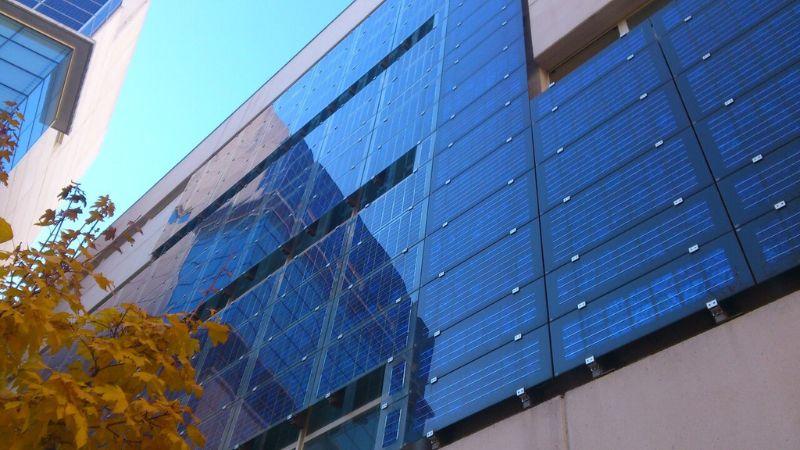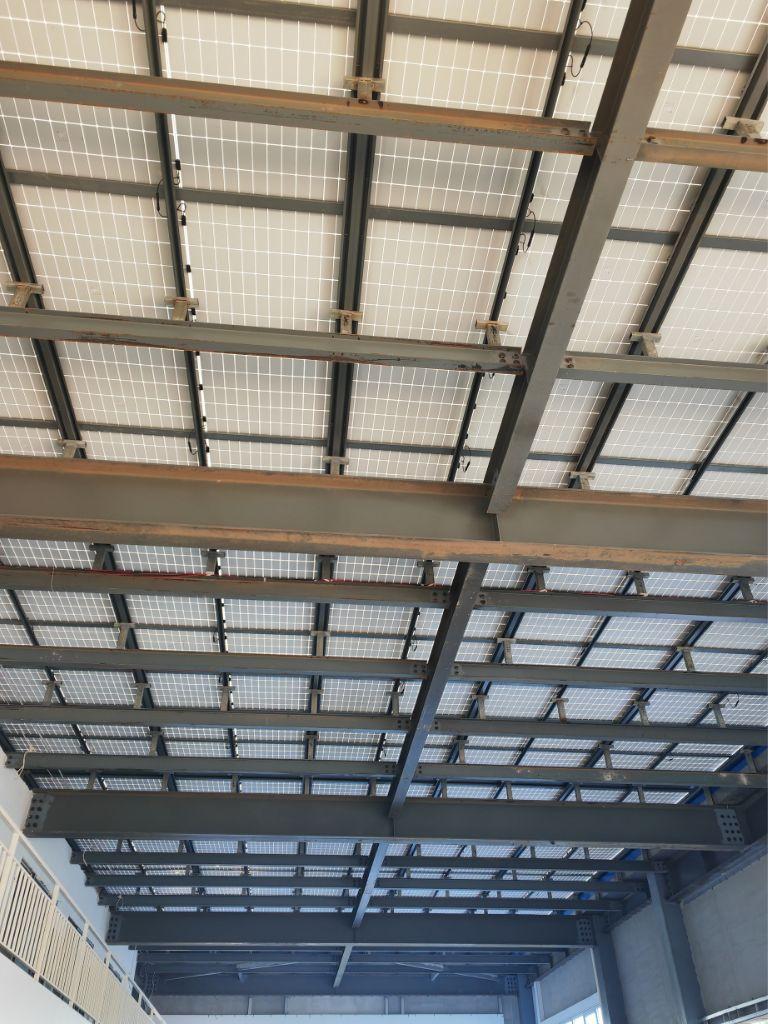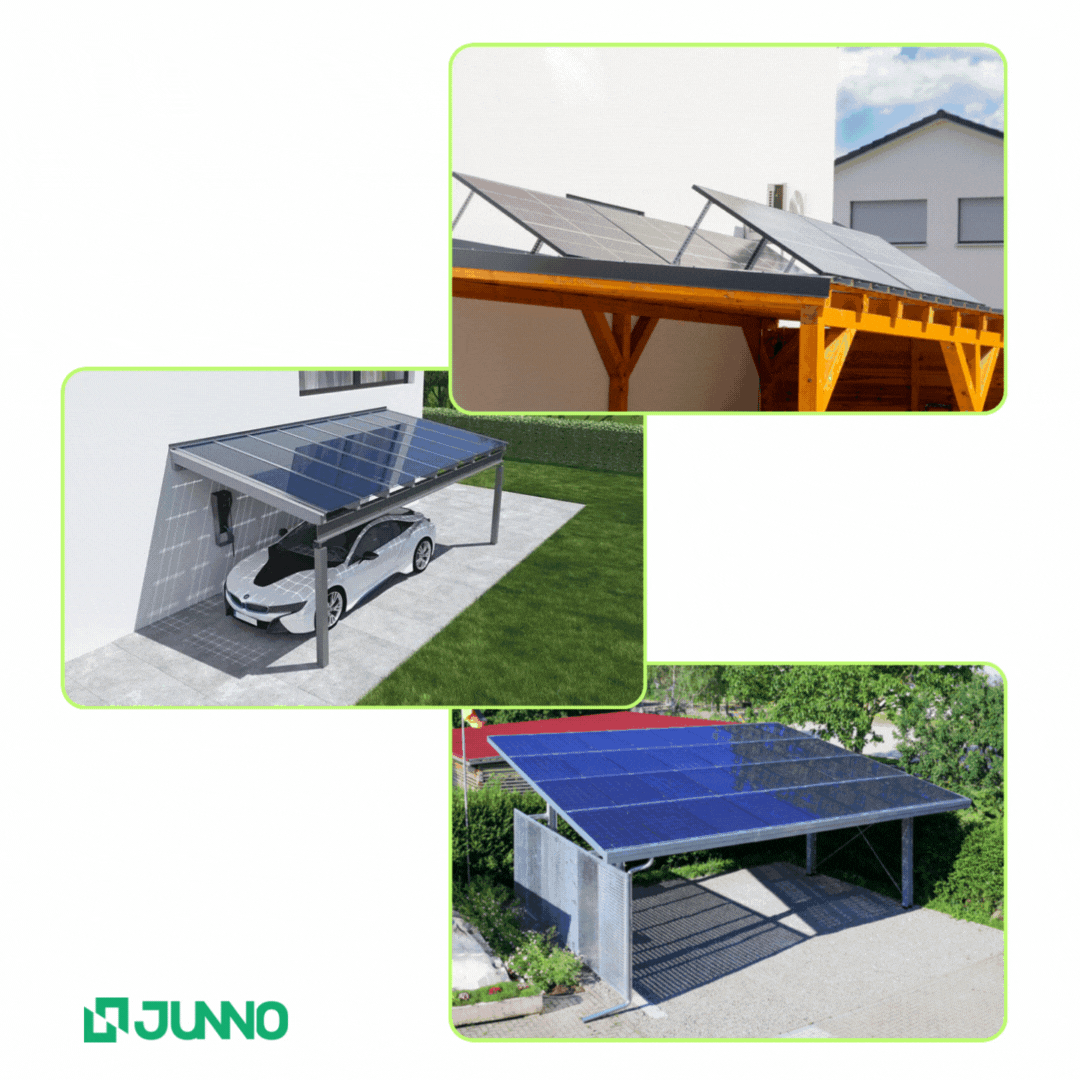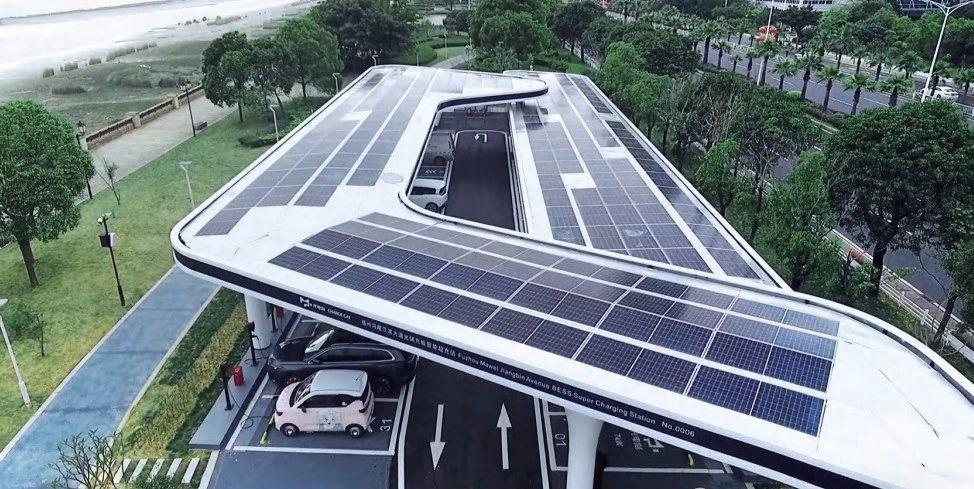BIPV: The Future of Green Buildings?
BIPV (Building Integrated Photovoltaics), with its revolutionary concept of "buildings as power plants," is reshaping the global construction industry by merging renewable energy with architectural design. From residential rooftops to urban landmarks, BIPV offers immense potential for sustainable development. However, challenges like high costs and technical limitations must be overcome to unlock its full potential.

1. BIPV Applications: Turning Buildings into Power Generators
BIPV seamlessly replaces traditional building materials with solar elements, creating energy-producing structures.
Roof Revolution: Replace factory or home metal roofs with BIPV panels—durable, weatherproof, and ideal for energy-intensive industries.

Smart Glass Facades: Office buildings use semi-transparent solar glass (e.g., Shanghai Tower generates 500,000+ kWh annually) for daylighting and nighttime lighting.
Solar Canopies: Curved BIPV panels on bus stops or mall roofs provide shade while powering lights and digital displays.
Architectural Art: Iconic designs like the Winter Olympics’ "Ice Ribbon" facade and solar roof tiles prove BIPV blends functionality with aesthetics.

2. BIPV vs. Traditional Solar: Beyond "Surface-Level" Installation
BIPV integrates energy generation with building functionality but requires specialized design and materials.

Collaborative Design: Architects and solar engineers co-plan layouts to match building aesthetics.
Custom Components: Double-glass panels, curved solar tiles, and fireproof materials raise costs by 30-50% vs. standard panels.
Strict Standards: Germany’s BIPV construction certification ensures waterproofing and safety compliance.
Pros & Cons:
Aspect | BIPV Advantages | BIPV Challenges |
Space Efficiency | No extra land needed | Lower output due to shading |
Cost Savings | Reduces traditional material costs | 20-40% higher upfront investment |
Design Flexibility | Blends with urban landscapes | Complex repairs requiring structural adjustments |
Policy Incentives | Dual subsidies (construction + green energy) | Lack of global standards |
3. Global Leaders in BIPV Adoption: Why These Countries Lead
Germany, Japan, the Netherlands, and China drive BIPV growth through policies and practical needs.

Germany:
60%+ of new commercial buildings use BIPV.
2022 Law: Public buildings must adopt BIPV; solar components offset carbon credits.
Japan:
18%+ of homes feature solar-tiled roofs.
Drivers: Limited land + high electricity costs (¥1.8/kWh for households).
Netherlands:
Innovation Hub: Amsterdam’s solar bike sheds produce 2.8MW yearly.
Tax Breaks: 30% VAT reduction for BIPV projects.
China:
240% surge in BIPV installations (2023).
Policy Support: County-wide solar rollout + green building subsidies (up to ¥75/m²).
4. The Future of BIPV: What’s Next?
Breakthroughs in perovskite solar cells (30%+ efficiency) and standardized building codes (China’s 2024 BIPV design guidelines) could slash costs to match traditional facades within 5 years. As cities embrace "vertical power stations," the energy transition will accelerate. For solar professionals, mastering cross-disciplinary skills in architecture and project integration will be critical to lead this revolution.